

— Blogs —
—Products—
 Consumer hotline +8618073152920
Consumer hotline +8618073152920 WhatsApp:+8615367865107
Address:Room 102, District D, Houhu Industrial Park, Yuelu District, Changsha City, Hunan Province, China
Product knowledge
Time:2025-07-26 17:07:00 Popularity:791
In modern agriculture, soil sensors play a crucial role in precision farming by providing real-time monitoring of soil’s physical and chemical parameters. This enables farmers to optimize crop growth, conserve resources, and increase yields. As global water scarcity and climate change intensify, the application of soil sensors in agriculture is becoming increasingly important. This article will introduce the definition of soil sensors, their role and value in agriculture, common types, working principles, specific functions, and the significance of soil sensors in agriculture.
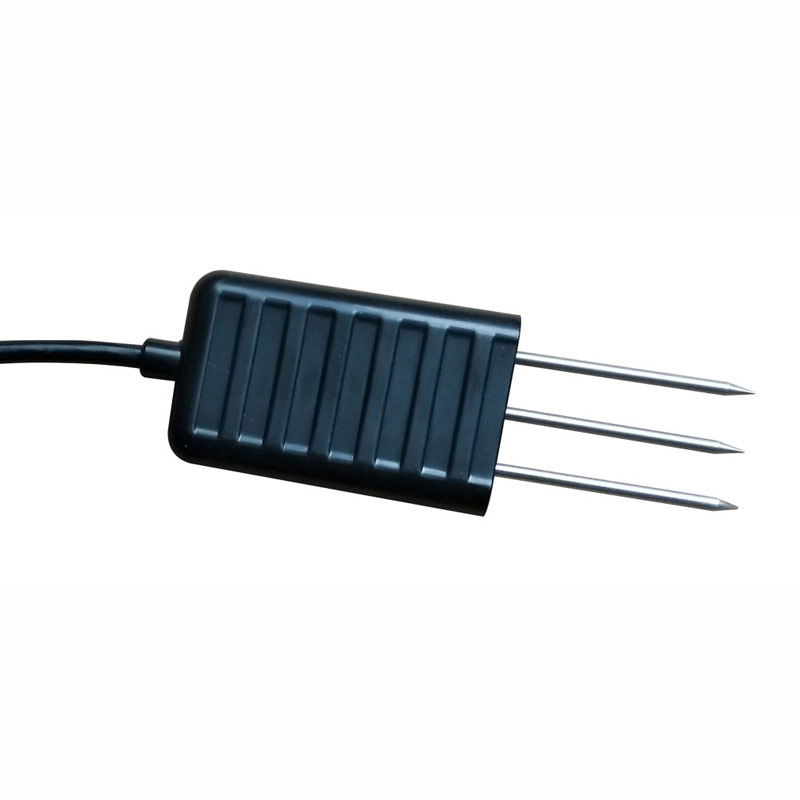 |  | 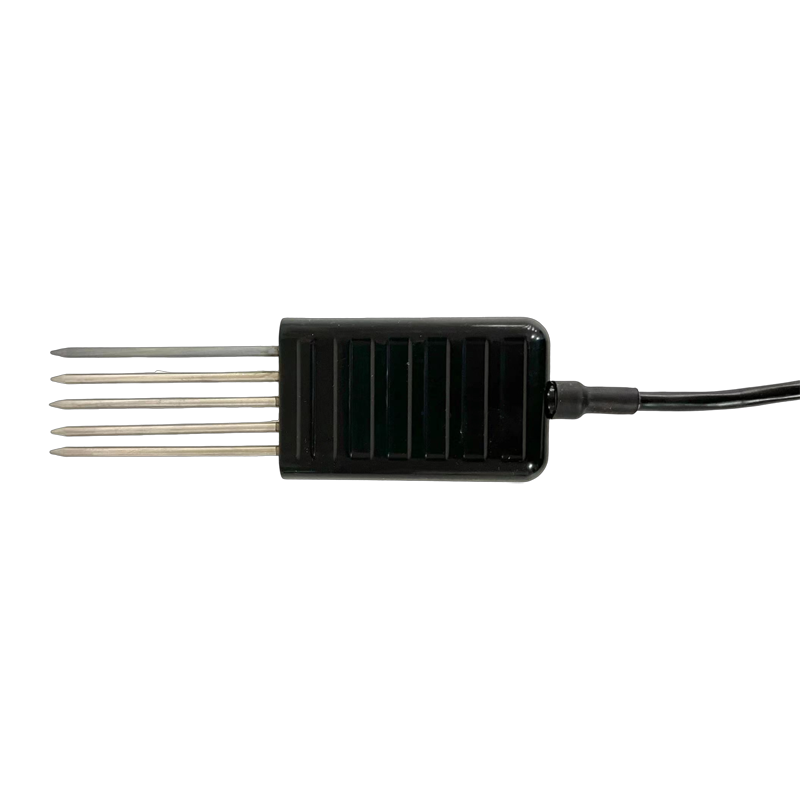 | 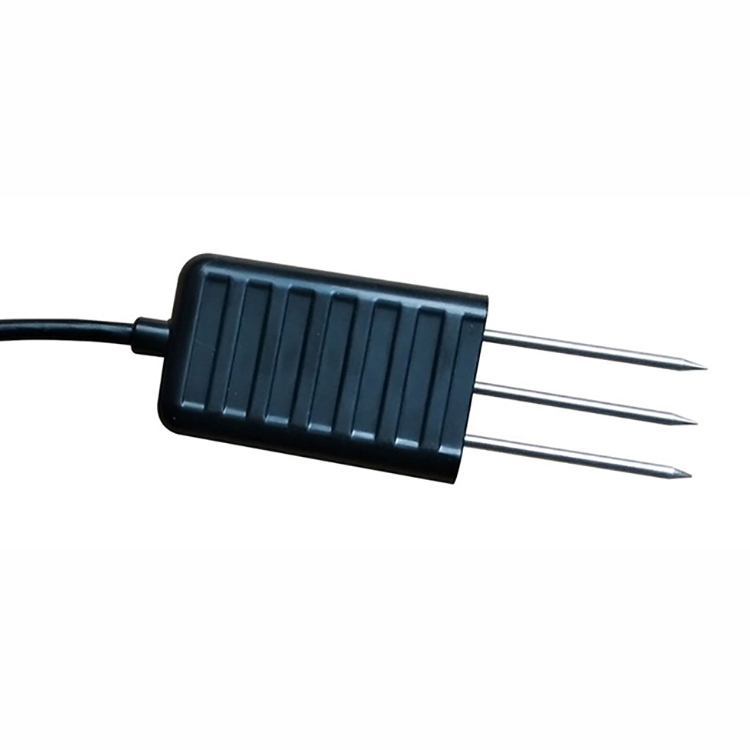 |
| Soil NPK Sensor | Soil Moisture Temperature sensor | 7 in 1 Soil Integrated Sensor | 3-in-1 Soil Temperature Humidity EC Sensor |
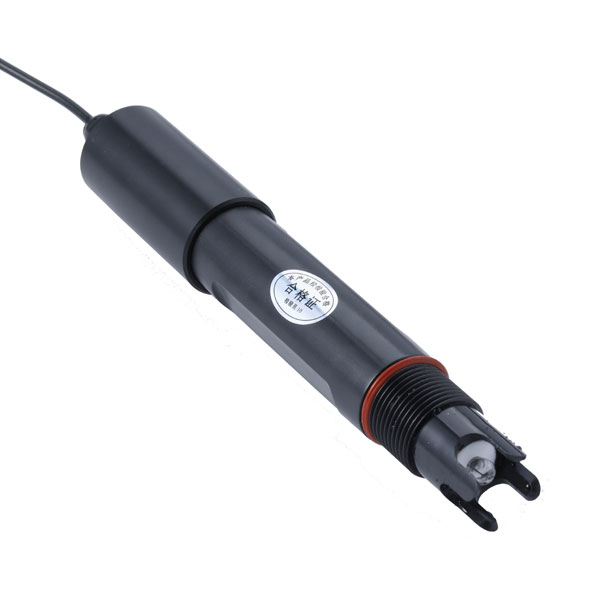 | 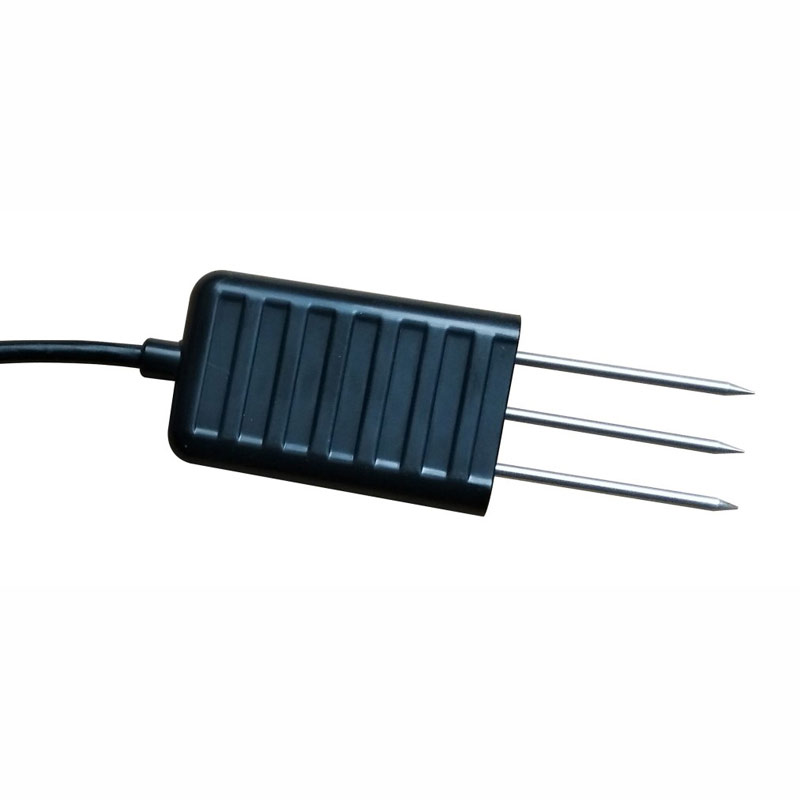 |  |  |
| Soil pH sensor | Soil EC Sensor | 4-in-1 Soil Temperature Moisture EC Salt Sensor | 8 in 1 Integrated Soil Sensor RS485 |
Soil sensors are instruments used to measure soil environmental parameters, typically detecting key indicators such as soil moisture, temperature, pH, salinity (electrical conductivity), and nutrient content through probes or embedded devices. These sensors convert soil characteristics into electrical signals using principles such as electrochemical reactions, dielectric constants, resistance, thermal conduction, or spectral analysis. The data is then analyzed by data collection systems or cloud platforms. Soil sensors are widely used in agricultural irrigation, greenhouse management, soil research, and environmental monitoring, helping farmers and researchers achieve precise management and improve resource efficiency.
1. Real-time Monitoring of Soil Conditions: Provides real-time data on soil moisture, temperature, pH, etc., reflecting how soil conditions affect crop growth.
2. Optimization of Irrigation and Fertilization: Adjusts irrigation timing, water volume, and fertilizer application based on soil data to minimize resource wastage.
3. Prediction of Crop Growth: Analyzes soil parameters to predict crop growth trends and guide planting decisions.
4. Supports Automation: Integrates with IoT and smart farming systems to enable automated irrigation and remote monitoring.
In modern agriculture, soil sensors are widely applied in precision farming, smart irrigation, greenhouse environment control, soil health management, and more, bringing the following values:
- Water Conservation and Efficiency: Precision irrigation can save 20-30% of water resources and reduce irrigation costs, especially in arid regions.
- Increased Yield and Quality: Optimizes soil conditions, enhancing crop yields by 10-15% and improving fruit quality.
- Environmental Protection: Reduces soil degradation, salinization, and groundwater pollution caused by excessive irrigation and fertilization.
- Lower Production Costs: Reduces labor intervention and resource inputs through data-driven management.
- Supports Scientific Research: Provides high-precision soil data to support soil science, plant physiology, and climate change research.
- Optimizes Fertilizer Use: Understands soil nutrient status, avoiding over-fertilization that can lead to soil degradation.
- Data-driven Decision Making: Analyzes historical data to optimize planting plans.
- Achieving Sustainable Agriculture: Reduces chemical usage and protects the ecological environment.
- Working Principle: Primarily based on Frequency Domain Reflectometry (FDR) or Time Domain Reflectometry (TDR) technology, which measures soil volumetric water content (VWC) by detecting changes in the dielectric constant of the soil. Electrodes inserted into the soil emit electromagnetic waves, analyzing wave speed or reflection characteristics to calculate moisture content. For example, the Niubol NBL-S-TM sensor has an accuracy of ±5%.
- Role:
- Measures soil moisture content (0-100% RH) to guide irrigation planning.
- Monitors moisture dynamics to warn of drought or waterlogging risks.
- Some sensors (e.g., NBL-S-TM) also measure soil temperature, providing comprehensive data.
- Value:
- Precision Irrigation: Adjusts irrigation based on soil moisture needs, conserving water resources.
- Crop Protection: Prevents moisture stress and improves crop resilience.
- Application: Agricultural irrigation, greenhouse management, grasslands, and hydrological monitoring.
- Working Principle: Measures soil temperature using thermistors or thermocouples. The sensor probe is inserted into the soil to detect changes in resistance or voltage caused by temperature variations. For example, the NBL-S-THR sensor has a range of -50 to 100°C with an accuracy of ±0.5°C.
- Role:
- Monitors soil temperature to assess conditions for root growth.
- Guides seeding and irrigation timing, avoiding temperature-induced damage.
- Supports greenhouse environmental control, optimizing photosynthesis.
- Value:
- Optimized Planting: Ensures crops grow at optimal temperatures, improving germination rates and yields.
- Energy Management: Adjusts heating or cooling systems in greenhouses based on soil temperature to reduce energy consumption.
- Application: Greenhouse management, crop planting, soil ecology research.
- Working Principle: Based on electrochemical principles, it uses glass electrodes or ion-selective electrodes to measure the concentration of hydrogen ions in the soil solution, outputting the pH value (0-14). For example, the Niubol NBL-S-PH sensor has an accuracy of ±0.1 pH with a response time of <10 seconds.
- Role:
- Measures soil acidity or alkalinity to evaluate nutrient availability and suitability for plant growth.
- Guides soil amendments, such as applying lime to neutralize acidic soils.
- Supports crop selection based on different pH needs.
- Value:
- Precise Fertilization: Optimizes fertilizer types and amounts based on pH levels, improving nutrient uptake by 10-20%.
- Soil Health: Prevents soil acidification or alkalization, protecting the soil ecosystem.
- Application: Agricultural production, horticulture, soil improvement research.
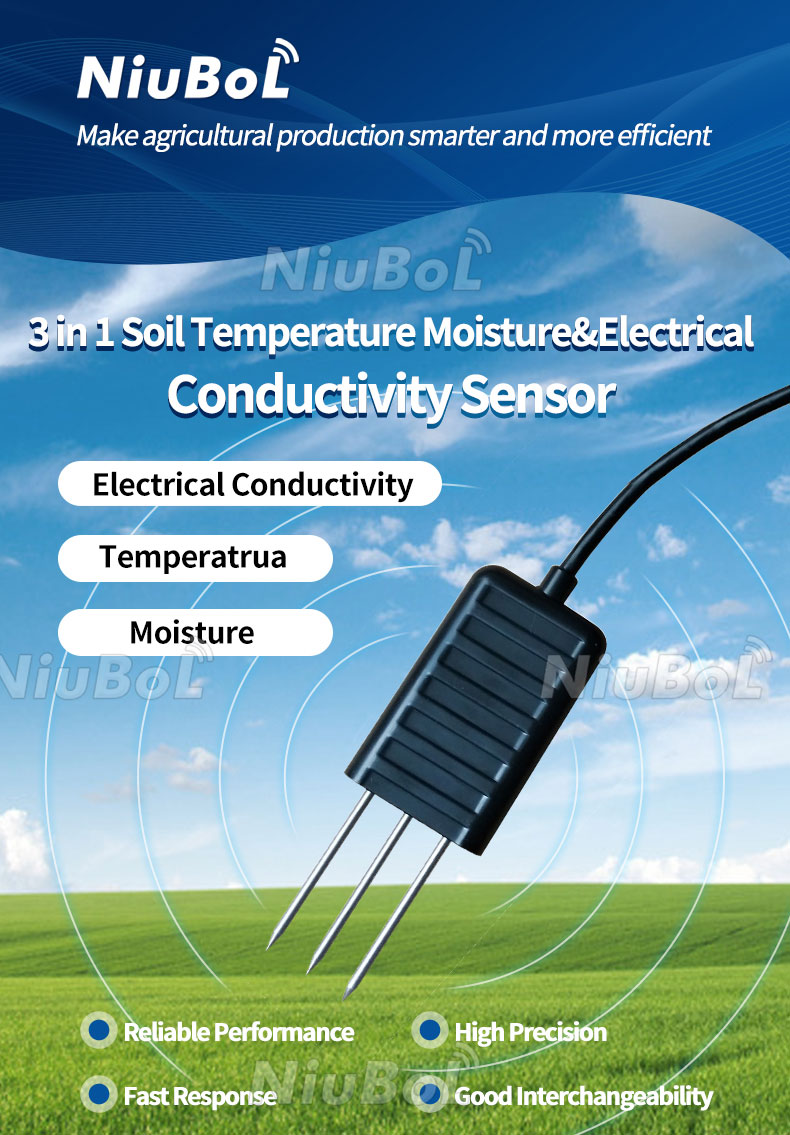
- Working Principle: Measures the soil’s ion conductivity to detect salinity levels. Electrodes apply alternating current, measuring changes in current or resistance, calculating electrical conductivity (mS/cm). For example, some multi-parameter sensors have an accuracy of ±3%.
- Role:
- Monitors soil salinity to assess salinization risks.
- Guides fertilization to prevent excessive fertilizer leading to salt accumulation.
- Supports irrigation water quality management to prevent salt input.
- Value:
- Prevents Salinization: Adjusts irrigation and fertilization in time to protect soil fertility.
- Improves Crop Quality: Prevents high salinity from inhibiting root growth and improves fruit quality.
- Application: Salt-alkali soil improvement, precision fertilization, greenhouse management.
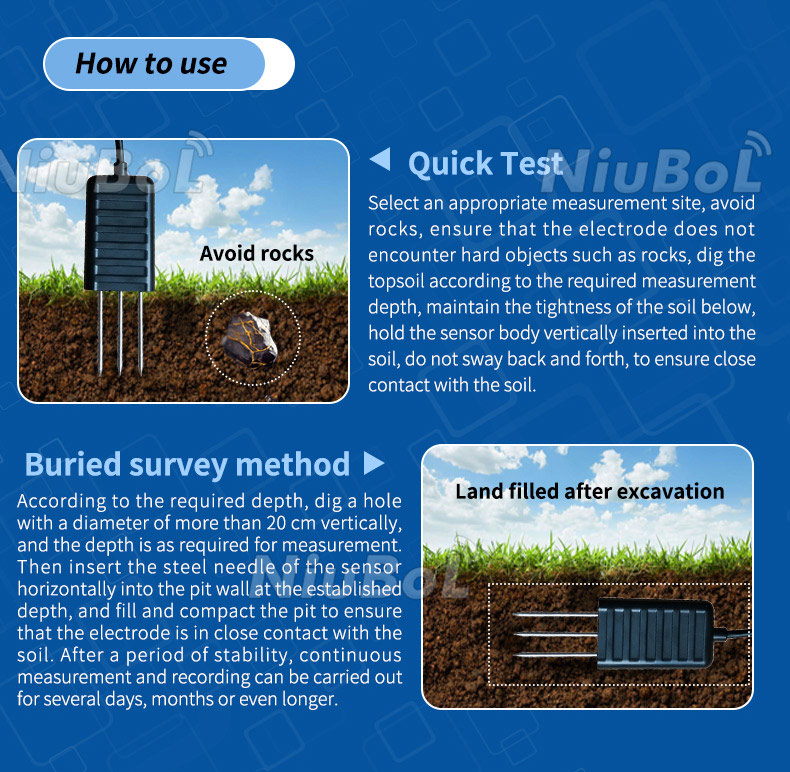
- Working Principle: Uses near-infrared spectroscopy (NIR) or electrochemical methods to measure the nutrient content (e.g., nitrogen, phosphorus, potassium) in the soil. Sensors emit light of specific wavelengths, analyzing soil’s reflection spectra, or detect nutrient concentrations using ion-selective electrodes. Accuracy varies by model.
- Role:
- Detects soil nutrient levels to guide precise fertilization.
- Monitors nutrient dynamics to optimize fertilizer application timing.
- Supports soil fertility assessments for long-term management strategies.
- Value:
- Precise Fertilization: Reduces fertilizer waste and cuts fertilization costs by 10-20%.
- Environmental Protection: Minimizes nutrient loss and prevents eutrophication of water bodies.
- Application: Precision agriculture, soil fertility research, greenhouse fertilization.
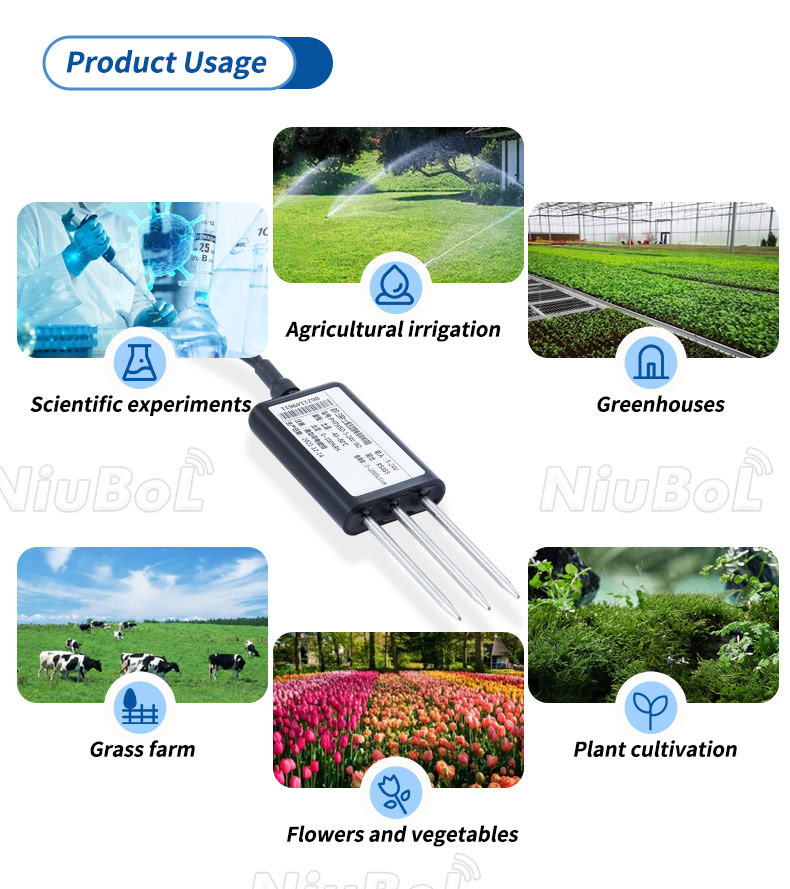
Soil sensors, by providing real-time data on soil moisture, temperature, pH, electrical conductivity, and nutrients, offer data-driven solutions for modern agriculture. Soil moisture sensors optimize irrigation, conserving water; temperature sensors guide planting and greenhouse management; pH sensors support soil amendments and crop selection; electrical conductivity sensors prevent salinization; and nutrient sensors enable precise fertilization. Together, these sensors improve crop yield, reduce production costs, protect the environment, and support scientific research and intelligent management. In the context of precision farming, soil sensors have become an indispensable tool, helping farmers cope with climate change, optimize resource utilization, and achieve sustainable development. Choosing the right soil sensor paves the way for the future of smart agriculture!
1.NBL-S-THR Soil Temperature Moisture Sensor datasheet
NBL-S-THR-Soil-temperature-and-moisture-sensors-Instruction-Manual-V4.0.pdf
2. NBL-S-TMC Soil Temperature Moisture EC Sensor datasheet
NBL-S-TMC-Soil-temperature-and-moisture-conductivity-sensor.pdf
3. NBL-S-TM Soil Temperature Moisture Sensor datasheet
NBL-S-TM-Soil-temperature-and-moisture-sensor-Instruction-Manual-4.0.pdf
4. NBL-S-TMCS Soil Temperature, Moisture, Conductivity and Salinity Integrated Sensor
NBL-S-TMCS-Soil-Temperature-Humidity-Conductivity-and-Salinity-Sensor.pdf
Related recommendations
Sensors & Weather Stations Catalog
Agriculture Sensors and Weather Stations Catalog-NiuBoL.pdf
Weather Stations Catalog-NiuBoL.pdf
Related products
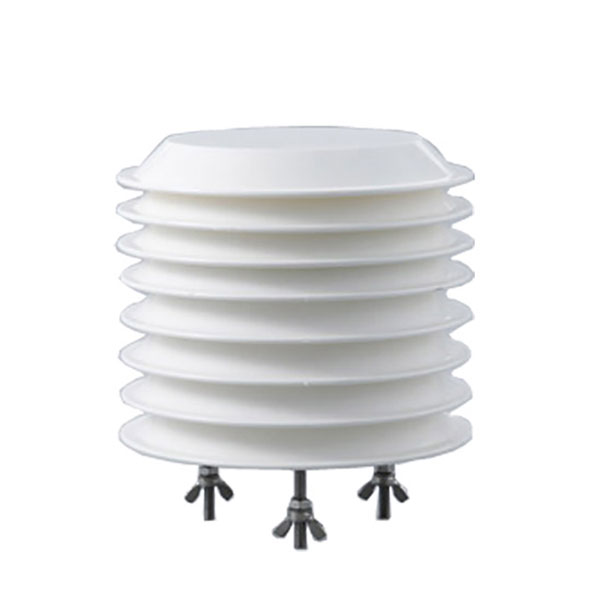 Combined air temperature and relative humidity sensor
Combined air temperature and relative humidity sensor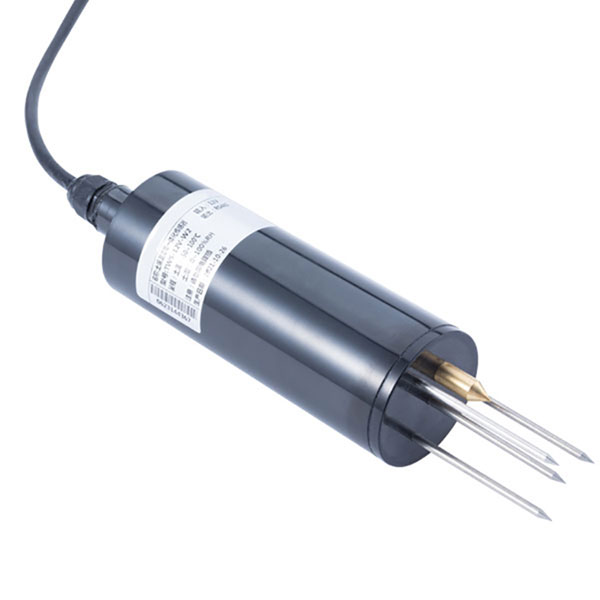 Soil Moisture Temperature sensor for irrigation
Soil Moisture Temperature sensor for irrigation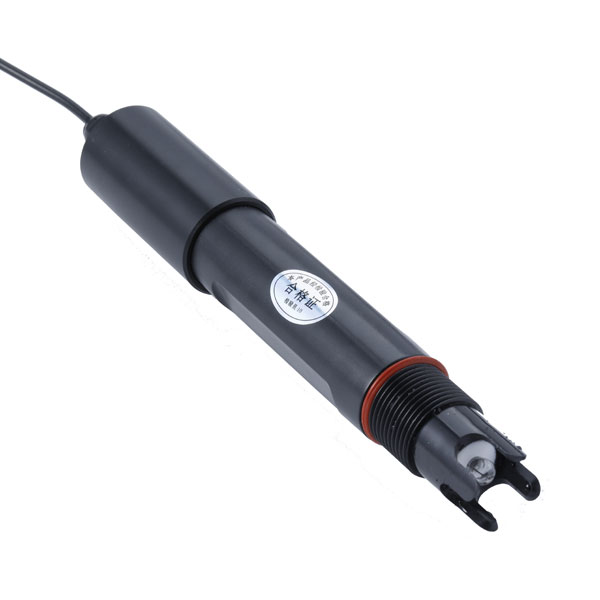 Soil pH sensor RS485 soil Testing instrument soil ph meter for agriculture
Soil pH sensor RS485 soil Testing instrument soil ph meter for agriculture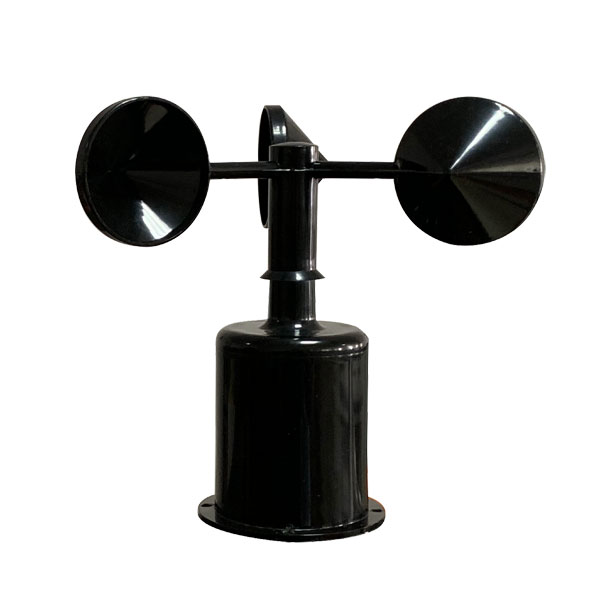 Wind Speed sensor Output Modbus/RS485/Analog/0-5V/4-20mA
Wind Speed sensor Output Modbus/RS485/Analog/0-5V/4-20mA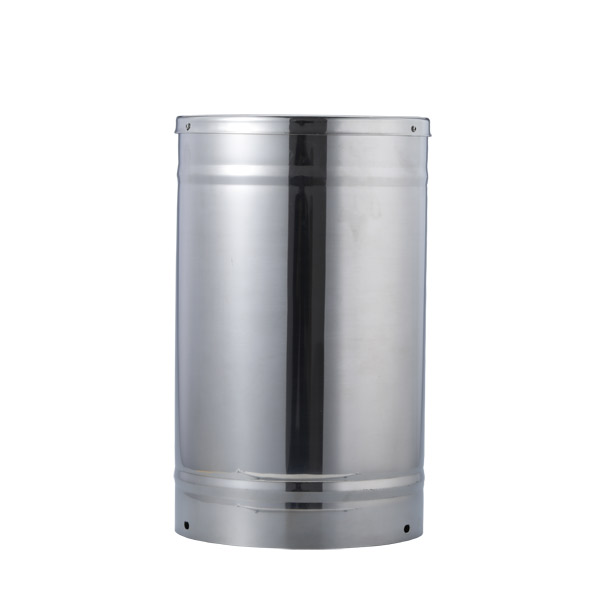 Tipping bucket rain gauge for weather monitoring auto rainfall sensor RS485/Outdoor/stainless steel
Tipping bucket rain gauge for weather monitoring auto rainfall sensor RS485/Outdoor/stainless steel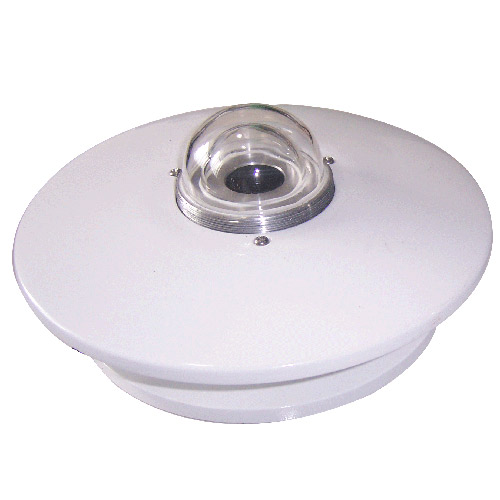 Pyranometer Solar Radiation Sensor 4-20mA/RS485
Pyranometer Solar Radiation Sensor 4-20mA/RS485
Screenshot, WhatsApp to identify the QR code
WhatsApp number:+8615367865107
(Click on WhatsApp to copy and add friends)
